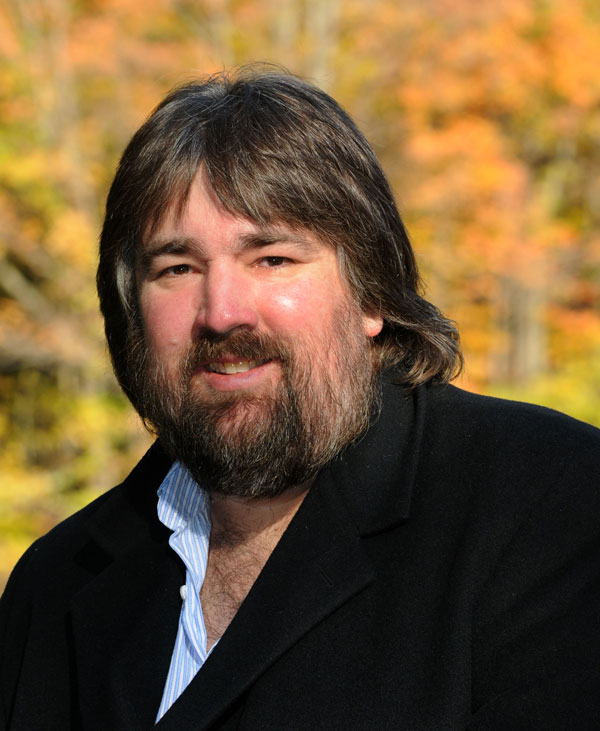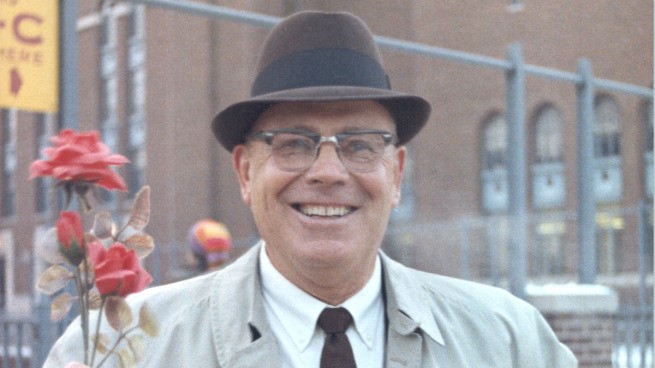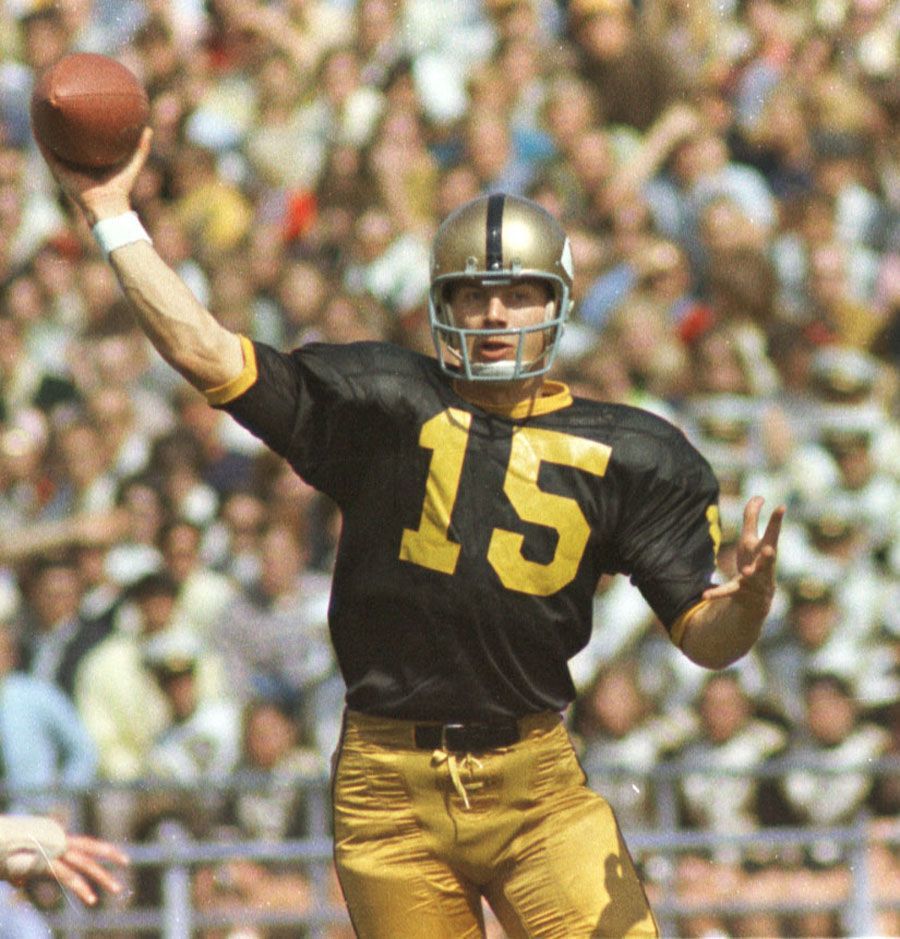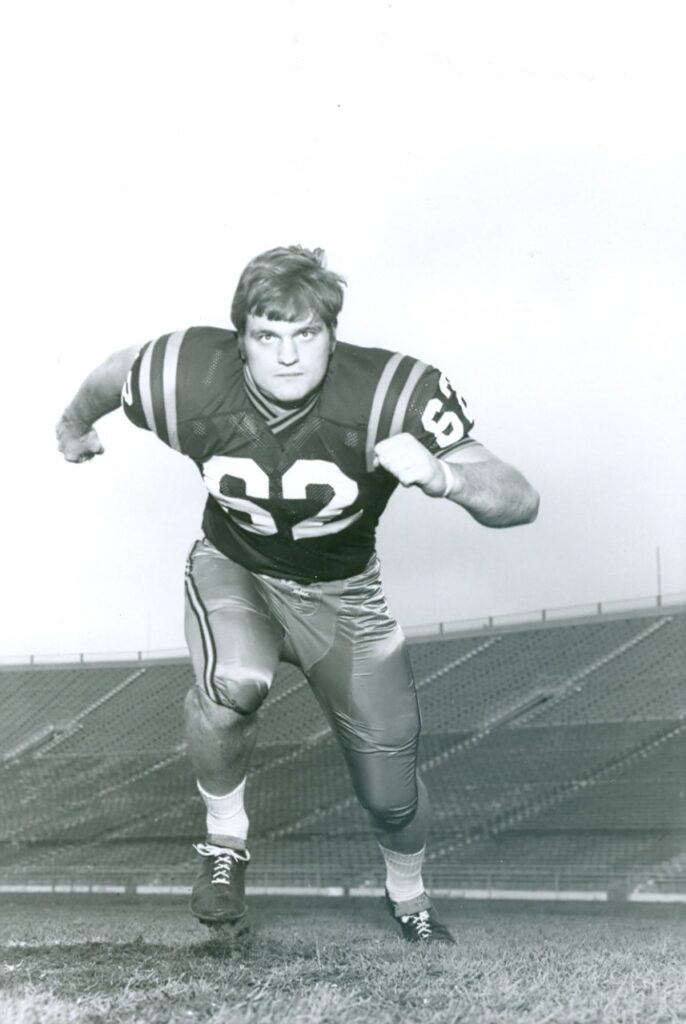Going Back to the Jersey Number Retirement Debate with Kenny

A few weeks ago, we explored what would happen if Purdue athletics would reverse its stance and retire numbers of its men’s basketball greats.
Now we’ll take a look at which Purdue football legends should have their numbers retired. Unlike basketball, NCAA rules permit duplicate numbers to be worn as long as both players wearing, say No. 5, are not on the field at the same time.
Theoretically, this rule would give athletic directors more options than in basketball, which does not permit numbers higher than 55.
Not surprisingly, a quick check of Big Ten schools revealed that retired numbers are commonplace. Wisconsin has retired five numbers, including those worn by Heisman Trophy winners Alan Ameche and Ron Dayne

Jack Mollenkopf
Michigan has six, among them President Gerald Ford’s 48 and Heisman winners Tom Harmon (98) and Desmond Howard (21). Not to be outdone by its bitter rival, Ohio State has seven retired numbers (five of them Heisman winners) and a “WH” for Woody Hayes.
Since Purdue has no Heisman winners in its history (Bob Griese and Mike Phipps should have won but that’s a column for another day), what criteria should the Boilermaker administration apply?
To me it’s simple: Membership in the College Football Hall of Fame or winning a major award such as the Maxwell, John Mackey or Ray Guy.
Here’s my list in chronological order, starting with the College Football Hall of Fame members:
Cecil Isbell (88) – One of the great passers of the 1930s, Isbell came to Purdue from Houston in 1934. In coach Noble Kizer’s offense, Isbell played left halfback and was a triple threat as a runner, passer and punter. During his junior season in 1936, Isbell was responsible for 15 of Purdue’s 23 touchdowns. He was a two-time second-team All-America selection. Isbell was inducted into the College Football Hall of Fame in 1967.
Bob Griese (12) – Voted Purdue’s All-Time Quarterback in 1987 as part of the Boilermakers’ football centennial celebration, Griese led Purdue to a 22-7-1 record during his three seasons as a starter from 1964-66. Two-time consensus All-American who guided the Boilermakers to their only Rose Bowl victory in 1967. Griese was inducted into the College Football Hall of Fame in 1984.
Leroy Keyes (23) – Fans voted Keyes Purdue’s greatest player in 1987. He remains the only two-time consensus All-American in school history and finished third in the Heisman balloting as a junior and second to O.J. Simpson as a senior. In 1968, Keyes made the cover of Sports Illustrated, which declared the Boilermakers its preseason No. 1. Keyes led the nation in scoring as a junior with a school-record 114 points (13 rushing touchdowns, six receiving touchdowns). He was also Purdue’s first 1,000-yard rusher. Keyes was inducted into the College Football Hall of Fame in 1990.

Mike Phipps
Mike Phipps (15) – The Columbus, Ind., native played two games for Purdue before being on the cover of Sports Illustrated for leading the Boilermakers to the first of three consecutive victories against Notre Dame. Phipps’ sophomore season in 1967 also saw Purdue win a share of the Big Ten Conference title. As a senior, Phipps was a unanimous All-American and lost the Heisman voting to Oklahoma’s Steve Owens by 154 points, one of the closest margins in Heisman history to that point. Phipps was elected to the College Football Hall of Fame in 2006.
Otis Armstrong (24) – Just like Mike Phipps had to follow a legend in Bob Griese, Otis Armstrong managed to surpass Leroy Keyes in the Purdue record book in several categories. The Chicago native rushed for 3,315 yards from 1970-72, which is still third in program history 50 years later. Armstrong averaged nearly 5 yards a carry and his 276-yard effort against Indiana during his final game on Nov. 25, 1972, is still the greatest single-game total in Boilermaker history. Armstrong was inducted into the College Football Hall of Fame in 2012.
Dave Butz (62) – The massive defensive tackle and Armstrong headlined arguably the greatest recruiting class in Purdue football history. Even Michigan’s Bo Schembechler called Butz “the greatest defensive lineman I had ever seen.” Butz was such a great athlete that he earned a basketball scholarship offer from Kentucky’s Adolph Rupp. In three seasons, Butz collected 108 tackles, 21 tackles for loss and eight pass breakups. He was the defensive MVP of the Senior Bowl. Butz was elected to the College Football Hall of Fame in 2014.
Mark Herrmann (9) – The most prolific passer in NCAA history when he graduated from Purdue, Herrmann held nine NCAA passing records including yards (9,188) and completions (707). A four-year starter from 1977-80, Herrmann was the first quarterback in NCAA history to throw for 8,000 yards and later 9,000 yards. He led Purdue to three consecutive bowl victories (Peach, Bluebonnet, Liberty) and was the offensive MVP in each. A unanimous All-American in 1980, Herrmann was elected to the College Football Hall of Fame in 2010.
Rod Woodson (26) – Owning 13 individual records when he played his final game for Purdue in 1986, Woodson was a three-time first-team All-Big Ten defensive back. The 1986 consensus All-American’s record haul included solo tackles, interceptions, interception return yardage, interception returns for touchdowns, kickoff returns and kickoff return yardage. He also owns the longest interception return in school history, 100 yards against Iowa in 1986. Woodson was inducted into the College Football Hall of Fame in 2016.
Kenneth “Jack” Mollenkopf – If Ohio State can honor Woody Hayes, why can’t Purdue salute the man who won 67 percent of his games from 1956 to 1969? During his final three seasons, Mollenkopf led Purdue to a 25-6 record. Today that record would earn him a statue outside Ross-Ade Stadium. His College Football Hall of Fame biography states that Mollenkopf “was a coach who stressed fundamentals, preparation and execution.” Mollenkopf owned a 10-4 record against Notre Dame and was 11-2-1 against Indiana. He was elected to the College Football Hall of Fame in 1988.
Purdue claims seven more College Football Hall of Fame members, three players and four coaches.
Alex Agase (95) was one of the stars of Purdue’s undefeated 1943 Big Ten championship team, coming over from Illinois. He returned to Illinois after serving in the Marines during World War II and was an All-American again in 1946. The All-America guard was selected to Purdue’s all-time team in 1987.

Dave Buts
Chalmers “Bump” Elliott (18) was a running back for Purdue in 1943 and 1944 after being sent to West Lafayette by the Marines for officer training. His Boilermaker career lasted nine total games before being shipped out to China in 1944. Elliott finished his college career at Michigan in 1946-47, playing alongside brother Pete.
Purdue didn’t have uniform numbers when Elmer Oliphant arrived on campus from Linton-Stockton High School in 1910. That tradition began at Purdue in 1928. Oliphant earned seven letters from 1911 to 1913 in football, baseball and basketball. His 43 points against Rose Poly in 1912 remains a school record. Oliphant’s legend was secured when he broke an ankle against Illinois yet managed to kick the game-winning field goal for a 3-0 triumph. Thanks to wartime rules, Oliphant also was able to continue his athletic career at West Point, where he earned consensus All-America honors in 1916 and 1917.
Before sealing his Hall of Fame credentials at California, Andy Smith coached at Purdue from 1913-15. Smith went 12-6-3, with a Big Ten runner-up finish his first season. Before his untimely death at the age of 42 in 1926, Smith compiled a record of 116-32-13.
William “Lone Star” Dietz made it to the College Football Hall of Fame in 2012, no thanks to his one season at Purdue. Dietz went 1-6 and was fired after the 1921 campaign.
Jim Phelan built a dominant Purdue squad in the 1920s, capped by an 8-0 Big Ten championship season in 1929. That year, Purdue outscored opponents 187-44. Phelan left for the University of Washington in 1930 and owned a 137-87-14 career record.
Jim Young was a disciple of Bo Schembechler, his old boss at Michigan, but transformed Purdue football with his passing offense during his five-year tenure from 1977-81. With Mark Herrmann setting NCAA records, Purdue went 28-7-1 from 1978 to 1980. That included the only 10-win season in school history, a 10-2 mark in 1979. Young also won at Arizona and Army, finishing with a record of 120-71-2.
Last but not least, Drew Brees (15). Under current College Football Hall of Fame rules, the greatest passer in Purdue history is not eligible for election. Since the wise voters of the NCAA-recognized All-America teams believed Chris Weinke and Josh Heupel were better quarterbacks in 2000, Brees doesn’t qualify.
To quote a former Purdue athletics official, “embarrassing.”
Brees, the 2000 Maxwell Award winner as college football’s best player, set two NCAA records, 13 Big Ten records and 19 Purdue records. Embarrassing, indeed.
– Kenny Thompson is the former sports editor for the Lafayette Journal & Courier and an award-winning journalist. He has covered Purdue athletics for many years.
